
PeerJ Welcomes the University of Colorado Boulder as our latest Institutional member - Providing CU Boulder authors with fee-free OA publishing in any PeerJ journal
Learn more - bit.ly/3URxGBG
@peerj.bsky.social
Open Access publisher of academic journals PeerJ Life & Environment (life, medicine, environment), PeerJ Computer Science, PeerJ Chemistry (our 5 chemistry journals).

PeerJ Welcomes the University of Colorado Boulder as our latest Institutional member - Providing CU Boulder authors with fee-free OA publishing in any PeerJ journal
Learn more - bit.ly/3URxGBG
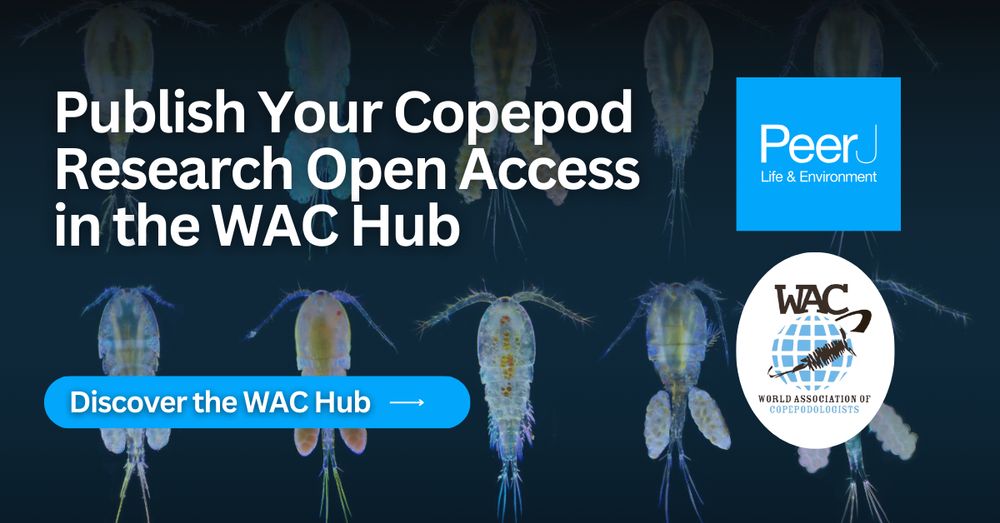
The WAC Hub celebrates all things copepod! If you’re researching taxonomy, ecology, or systematics—join the Hub and become part of a thriving community of experts.
Find out more: bit.ly/4eAjDcK

“Understanding the origin of this potentially invasive species is crucial for developing effective management strategies” - James Fumo
Learn more in our latest Article Spotlight: A framework to identify source populations of non-native marine macroalgae bit.ly/3J8yShv
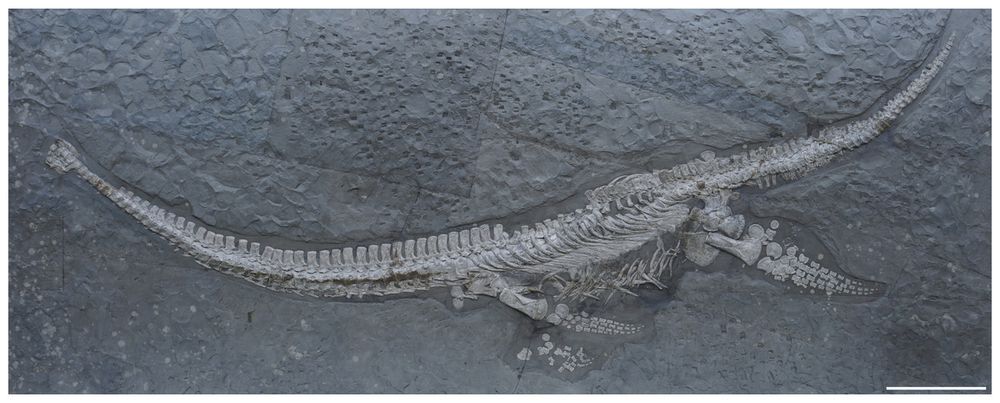
An unusual early-diverging plesiosauroid from the Lower Jurassic Posidonia Shale of Holzmaden, Germany - @peerj.bsky.social
peerj.com/articles/196...
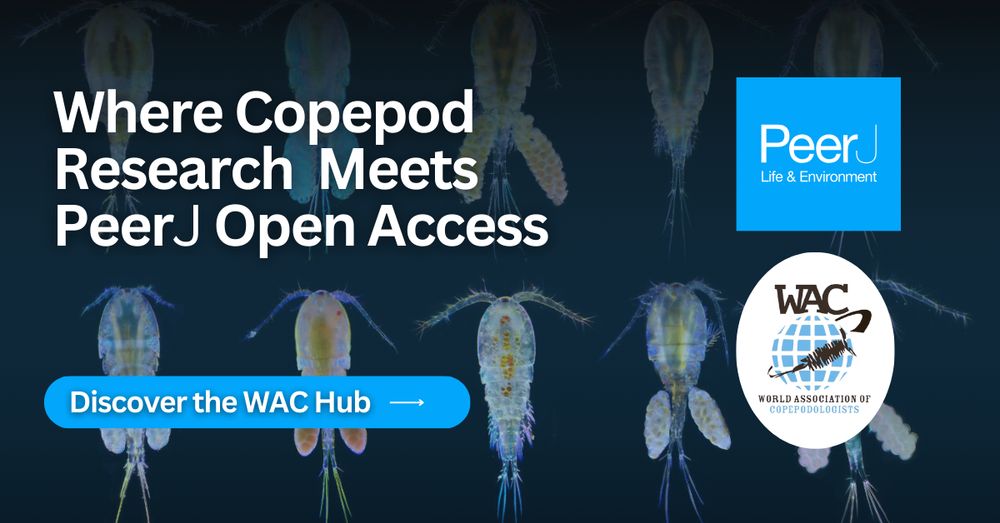
Studying copepods? The WAC Hub is your go-to platform—connect with specialists, publish faster with a 10% APC discount, and gain exposure in your niche field.
Explore the Hub: bit.ly/4eAjDcK
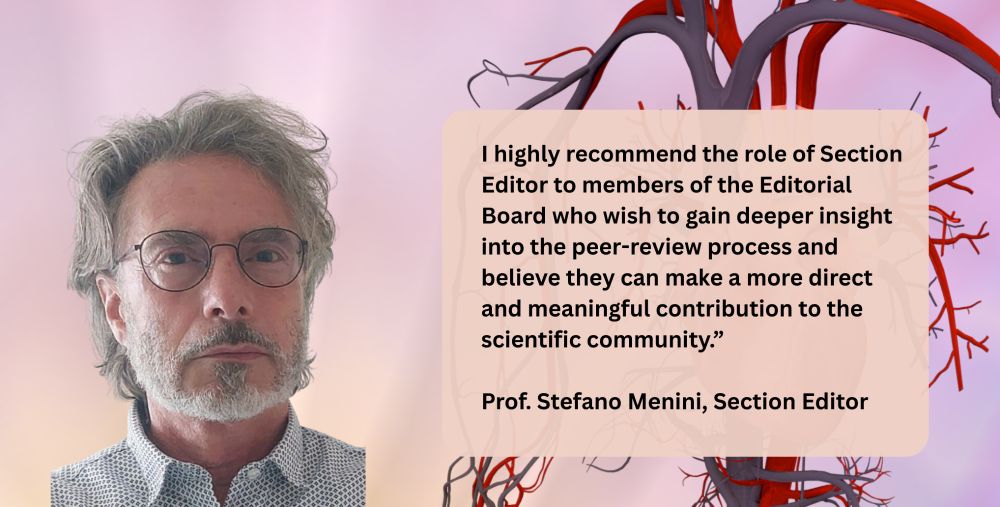
Interview with Section Editor Prof. Stefano Menini
We’d like to thank Prof. Stefano Menini after seven years of dedicated service as Section Editor for Cardiovascular and Metabolic Disorders
Read more bit.ly/412liSY
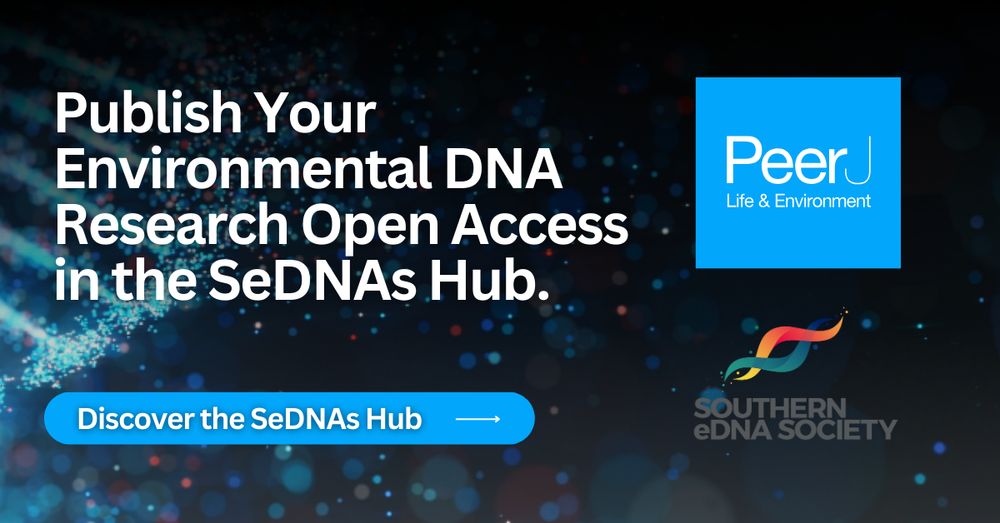
Environmental DNA researchers: publish with purpose! The SeDNAs Hub offers a 10% APC discount, a supportive community, and a publishing fund that helps amplify important research.
Explore the Hub: bit.ly/4nDAX4M

Interview with Section Editor Prof. Stefano Menini
We’d like to thank Prof. Stefano Menini after seven years of dedicated service as Section Editor for Cardiovascular and Metabolic Disorders
Read more bit.ly/412liSY
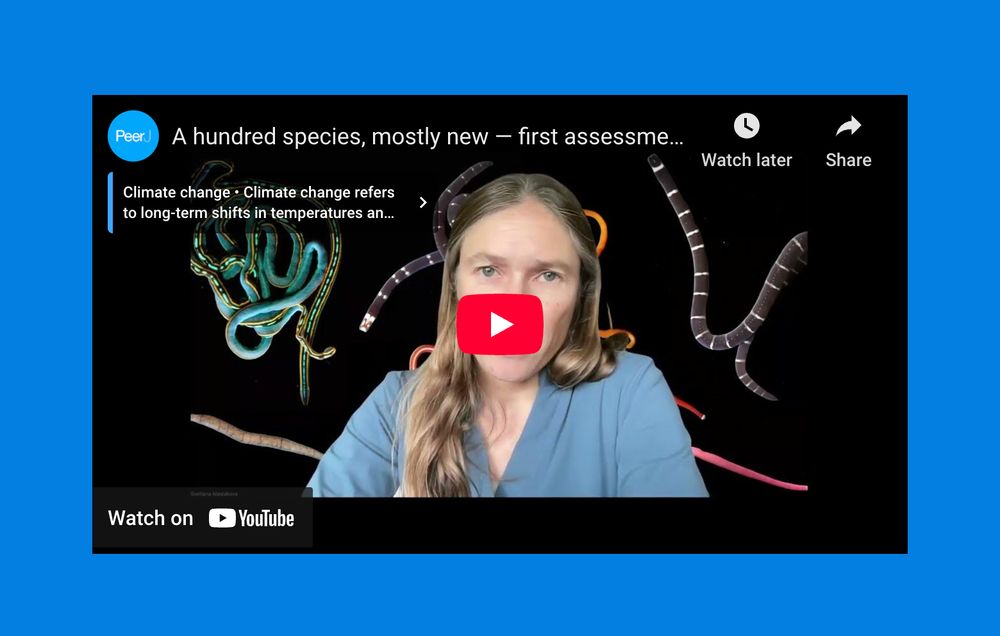
In our latest Article Spotlight watch an interview with author Dr. Svetlana Maslakova - A hundred species, mostly new — first assessment of ribbon worm diversity
Read more bit.ly/40vMYiX
#Ribbonworm #Biogeography #Taxonomy #Zoology
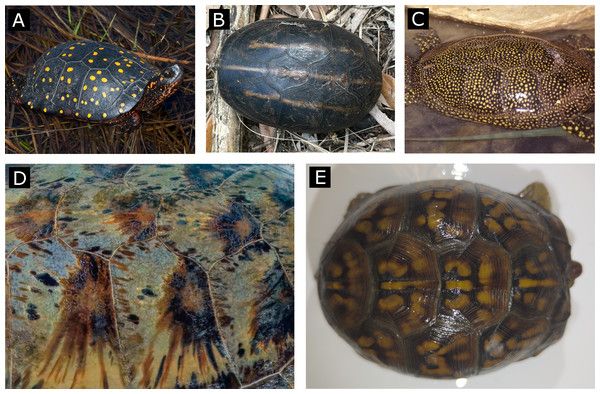
New approaches for capturing and estimating variation in complex #animal color patterns from digital photographs: application to the Eastern Box Turtle (Terrapene carolina) @peerj.bsky.social
21.07.2025 09:53 — 👍 1 🔁 1 💬 0 📌 0Guinea pig survival analysis peerj.com/articles/197... via @peerj.bsky.social
23.07.2025 11:10 — 👍 1 🔁 2 💬 0 📌 0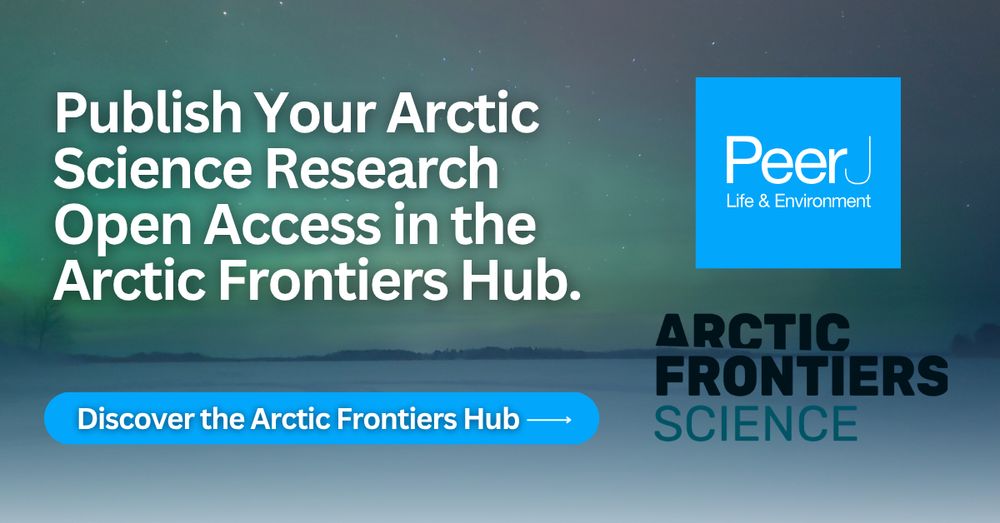
If you’ve attended an Arctic Frontiers conference or work with Arctic ecosystems, the Arctic Frontiers Hub is where your research belongs - supported by peers who understand your field.
Find out more: bit.ly/3GgNGd3
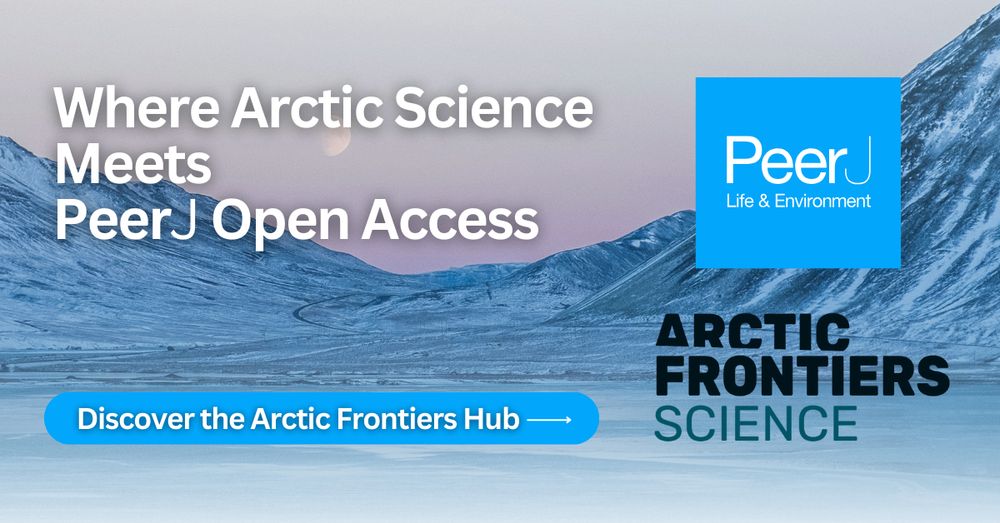
Arctic researchers—publish with impact! Share your work through the Arctic Frontiers Hub and enjoy community-led editorial support, a 10% APC discount, and greater visibility.
Explore the Hub: bit.ly/3GgNGd3
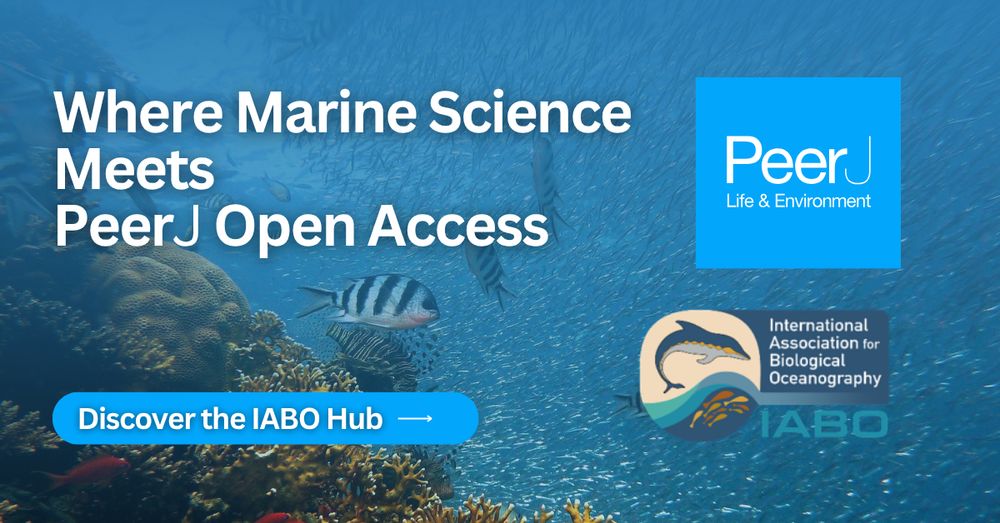
Looking to connect with fellow marine scientists? The IABO Hub is your home for publishing, networking, and sharing discoveries in ocean biology.
Find out more: bit.ly/4eAjaHw
Fecal glucocorticoid metabolite and T3 profiles of orphaned elephants differ from non-orphaned elephants in Zambia.
peerj.com/articles/191...
@peerj.bsky.social
PeerJ
Sex- and age-related morphological and functional differences in the skull of Eira barbara (Linnaeus, 1758) (Carnivora, Mustelidae)
peerj.com/articles/197...
@peerj.bsky.social
My co-author, Fernando Sicuro, and I finally published one of the articles we had in press.
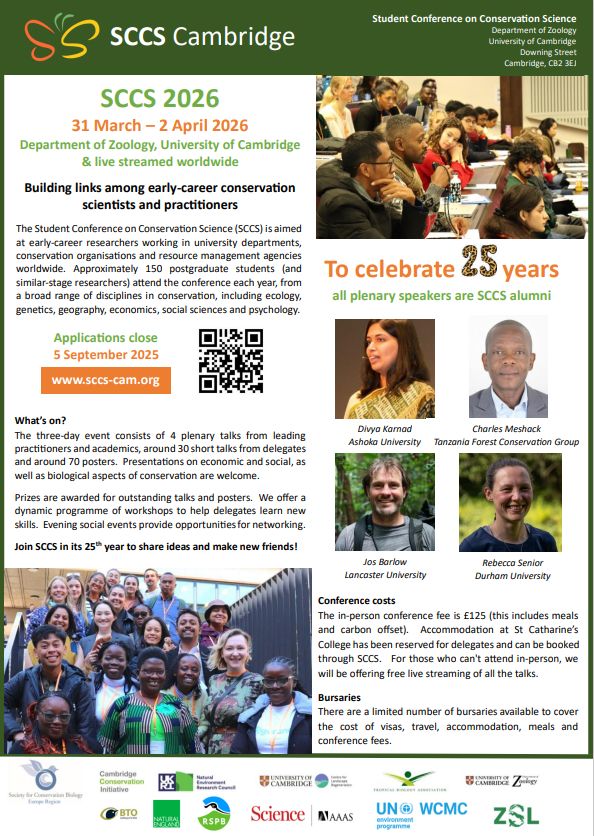
SCCS 2026 has opened for applications!
📣Spread the word!
It will be our 25th conference in Cambridge and will take place between 31 March – 2 April 2026. Check out the website for more info and to apply: www.sccs-cam.org.
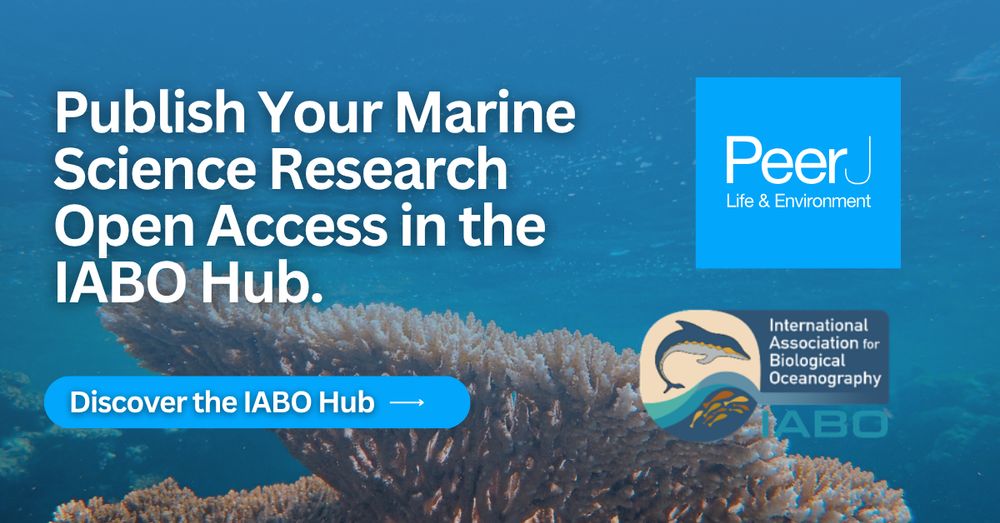
Join a global network of marine biologists, get a 10% discount on APCs, and grow your visibility in the biological oceanography community.
Explore the IABO Hub: bit.ly/4eAjaHw
PeerJ
Volumetric atlas of the rat inner ear from microCT and iDISCO+ cleared temporal bones
peerj.com/articles/195...
@peerj.bsky.social
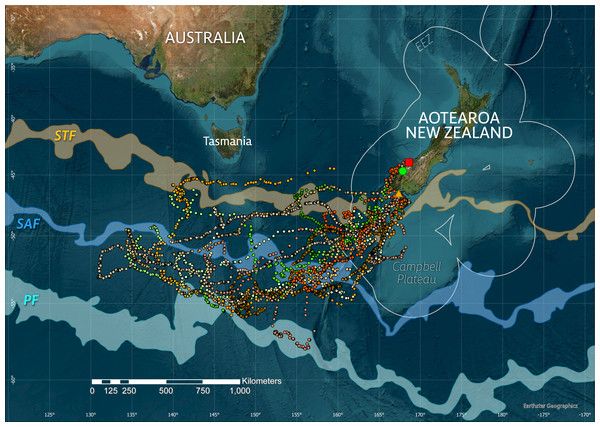
A Jack of All Trades—Tawaki/Fiordland penguins are able to utilise diverse marine habitats during winter migration @peerj.bsky.social
11.07.2025 05:55 — 👍 0 🔁 1 💬 0 📌 0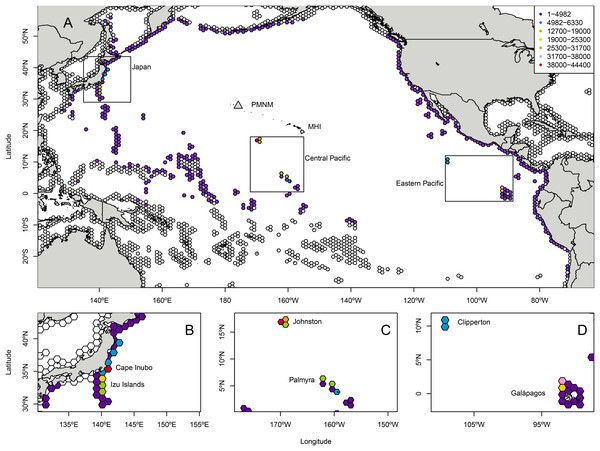
A predictive framework for identifying source populations of non-native marine macroalgae: Chondria tumulosa in the Pacific Ocean - @peerj.bsky.social
peerj.com/articles/196...
Harnessing YouTube in advancing biodiversity conservation efforts and awareness across Africa @peerj.bsky.social
12.06.2025 11:44 — 👍 1 🔁 1 💬 0 📌 0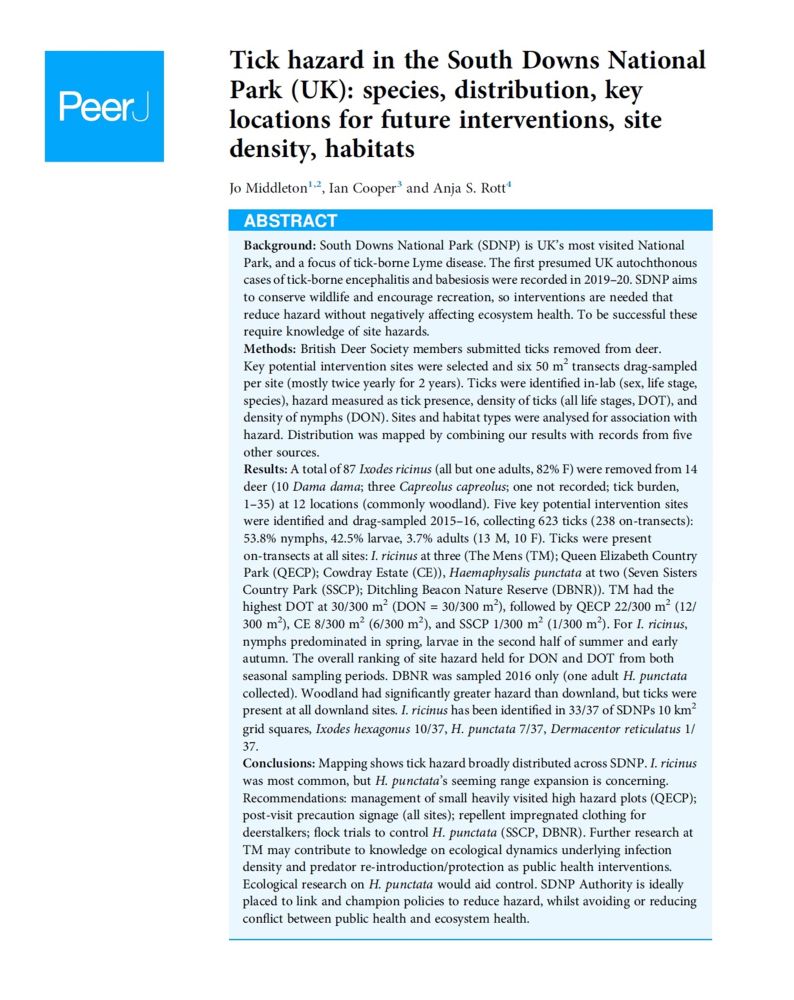
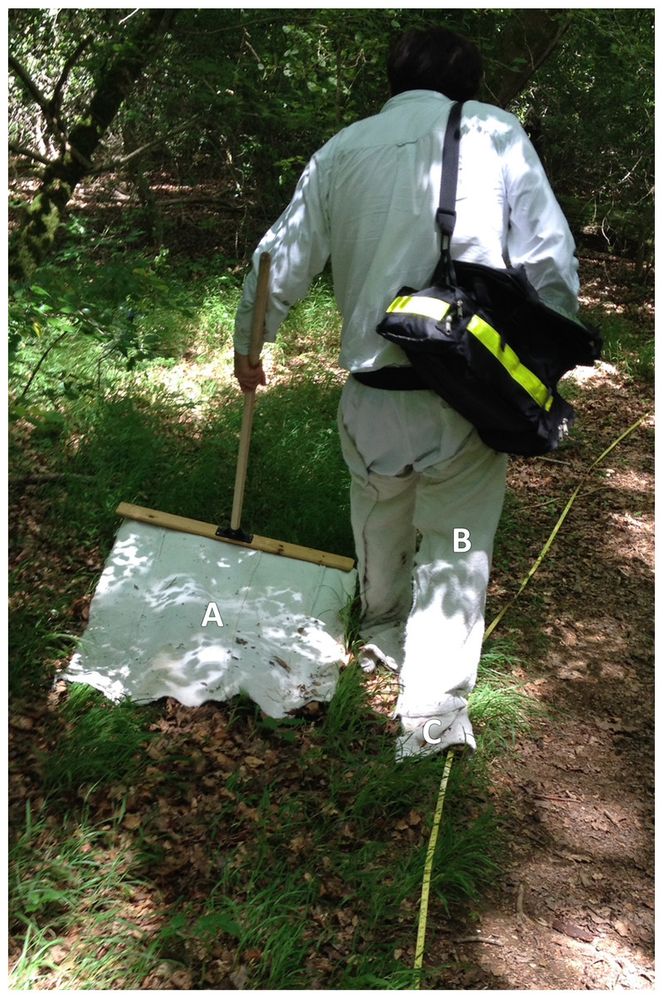
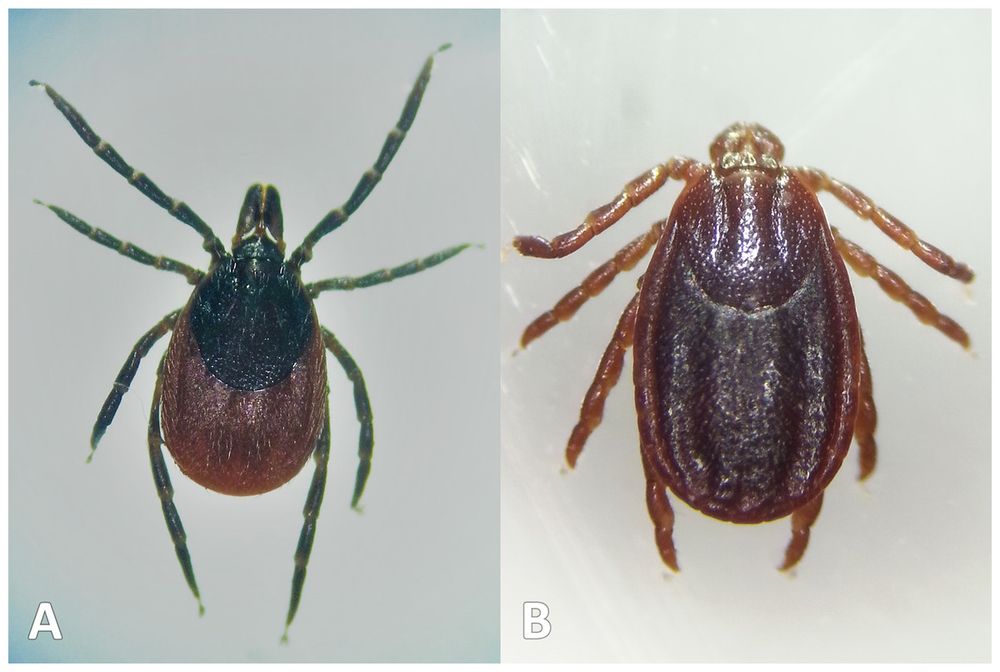
We published this paper 1yr ago today on #Tick hazard in the #SouthDownsNationalPark + how to control without reducing ecosystem health. Free-to-read in @peerj.bsky.social: peerj.com/articles/17483.
Funding & support: @rsb.org.uk @southdownsnp.bsky.social @britishecologicalsociety.org + others
New publication in @peerj.bsky.social
Concurrent aerobic + resistance training improves cardiometabolic health in type 2 diabetes with overweight/obesity.
20 trials (n=1,289)
↓ Body fat, LDL, TG, TC
↑ HDL, fitness
peerj.com/articles/19537 #DiabetesandEndocrinology #SportsMedicine

Spoke with @peerj.bsky.social about my research after receiving 1st Prize for Best Poster at the Winter Conference on Brain Research 2025. #WCBR2025
peerj.com/blog/post/11...
Grateful for the chance to share what drives my work in interventional psychiatry.
An ethogram of facial behaviour in domestic horses: evolutionary perspectives on form and function
peerj.com/articles/193...
@peerj.bsky.social
Pleased to have played a small part in this paper, led by @aminff.bsky.social Amin El Fassi El Fehri, describing “A new origin of the ‘modern’ lungfish #dentition revealed by taxonomic overlap between #Devonian and #Carboniferous dipnoans” out today in @peerj.bsky.social 🦷🐟 peerj.com/articles/193...
03.06.2025 09:23 — 👍 7 🔁 5 💬 0 📌 0Delighted to have the first paper of my PhD published today in @peerj.bsky.social on a wonderful lungfish tooth plate from Morocco 🐟🦷! With @draliceclement.bsky.social, @merlegreif.bsky.social, & colleagues. peerj.com/articles/193...
03.06.2025 09:41 — 👍 21 🔁 13 💬 1 📌 1Our new paper in PeerJ
An ethogram of facial behaviour in domestic horses: evolutionary perspectives on form and function
peerj.com/articles/193...
@peerj.bsky.social
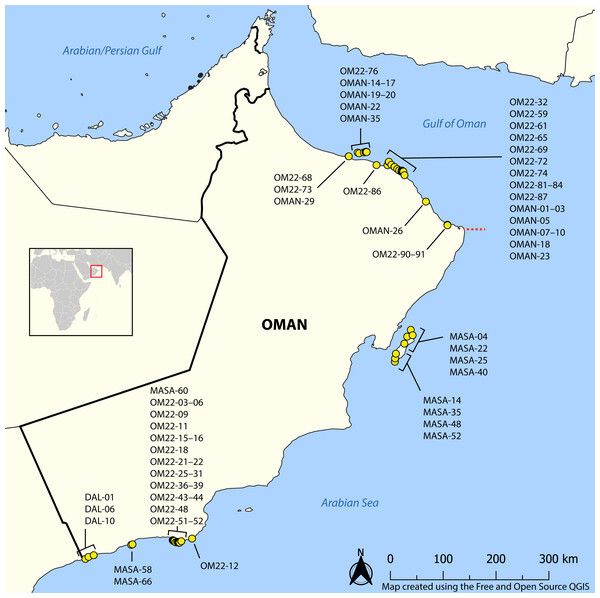
A hundred species, mostly new—first assessment of ribbon worm diversity and distribution in Oman - @peerj.bsky.social
peerj.com/articles/194...